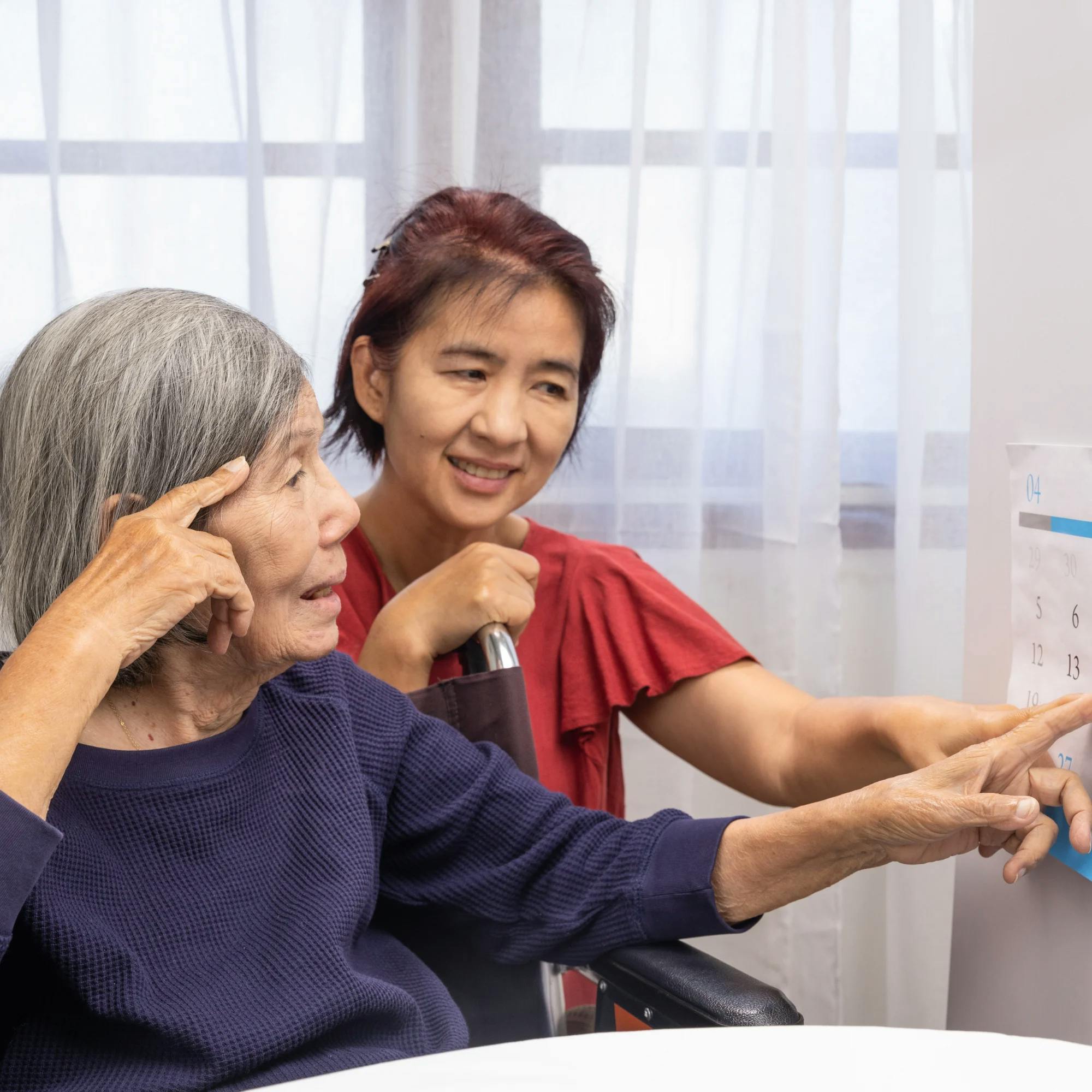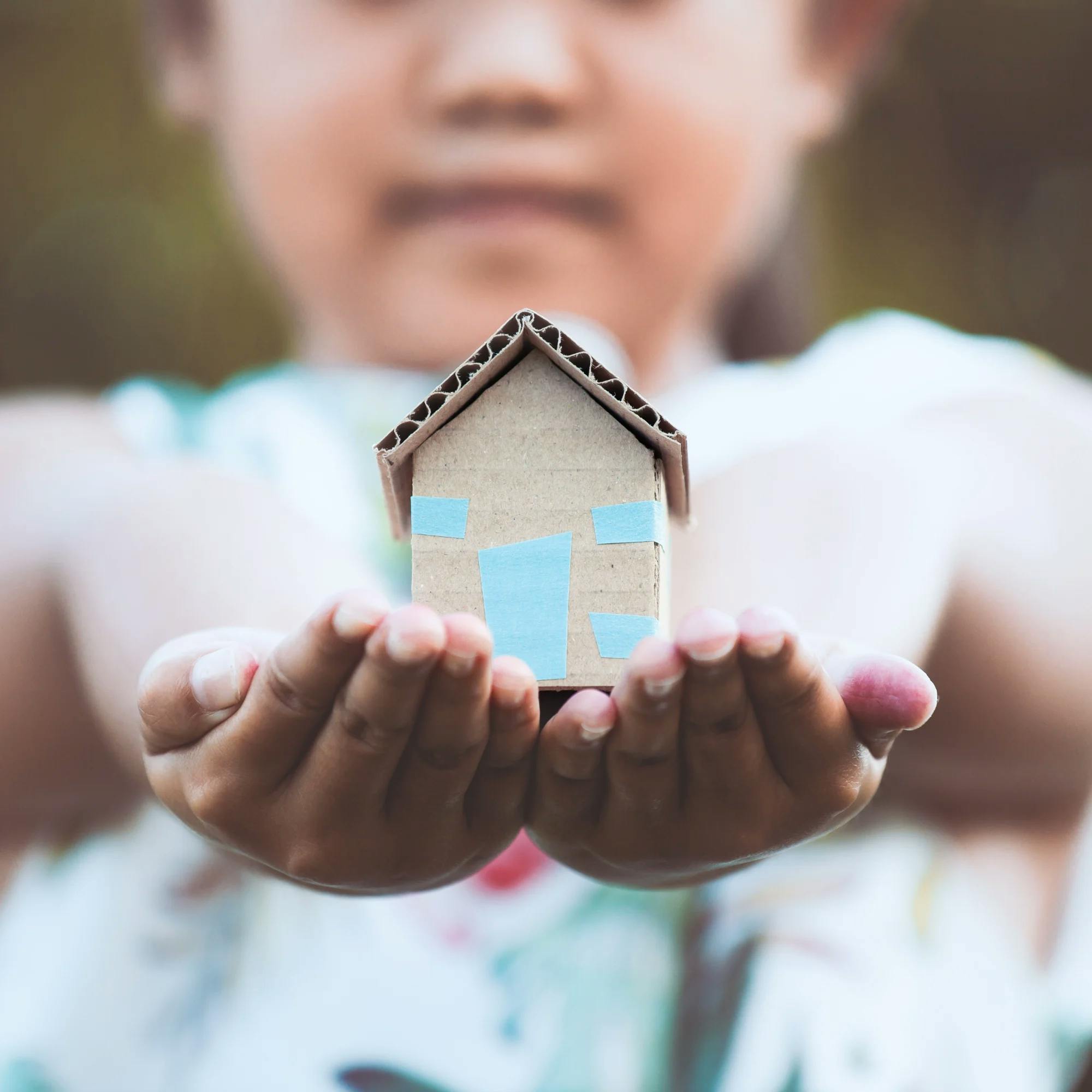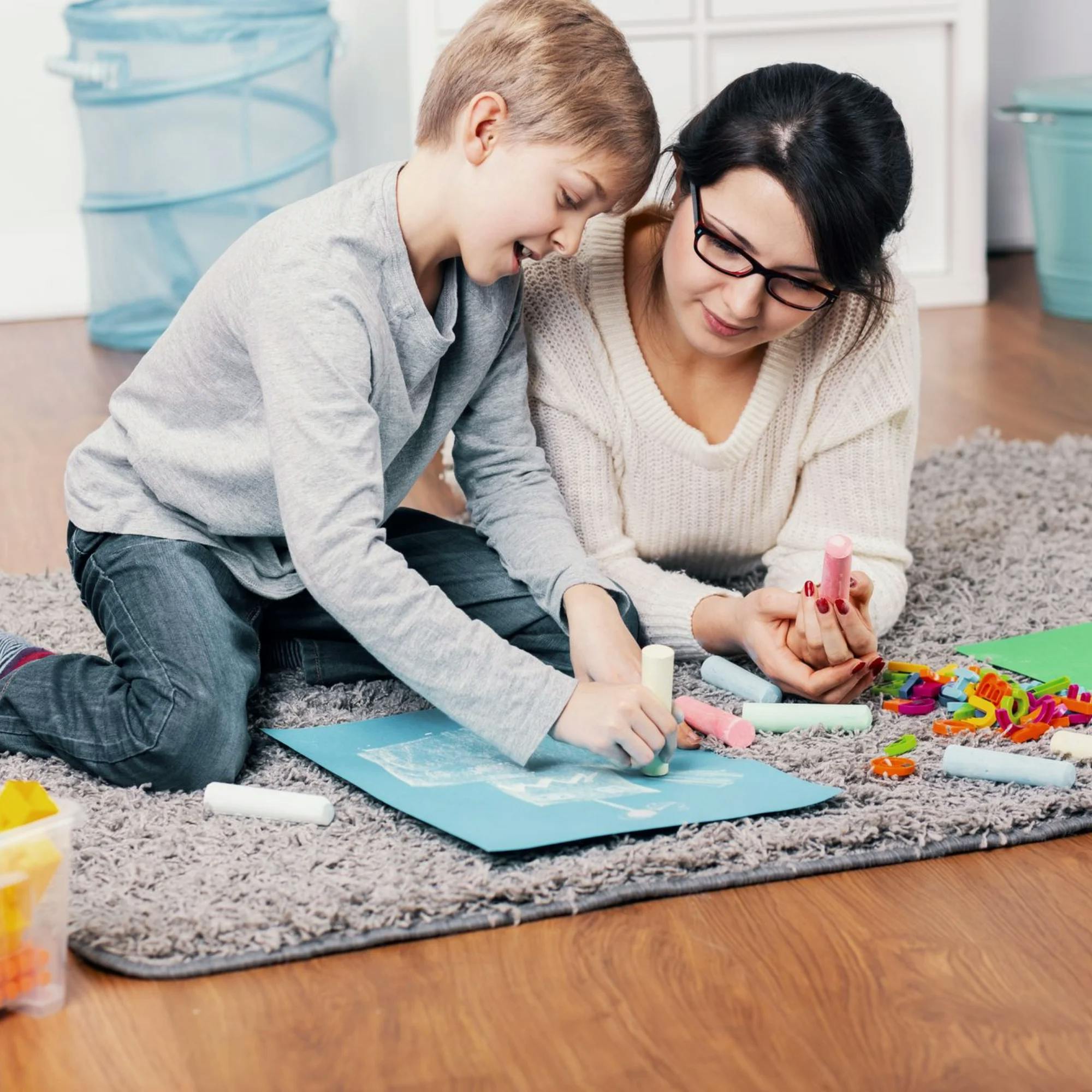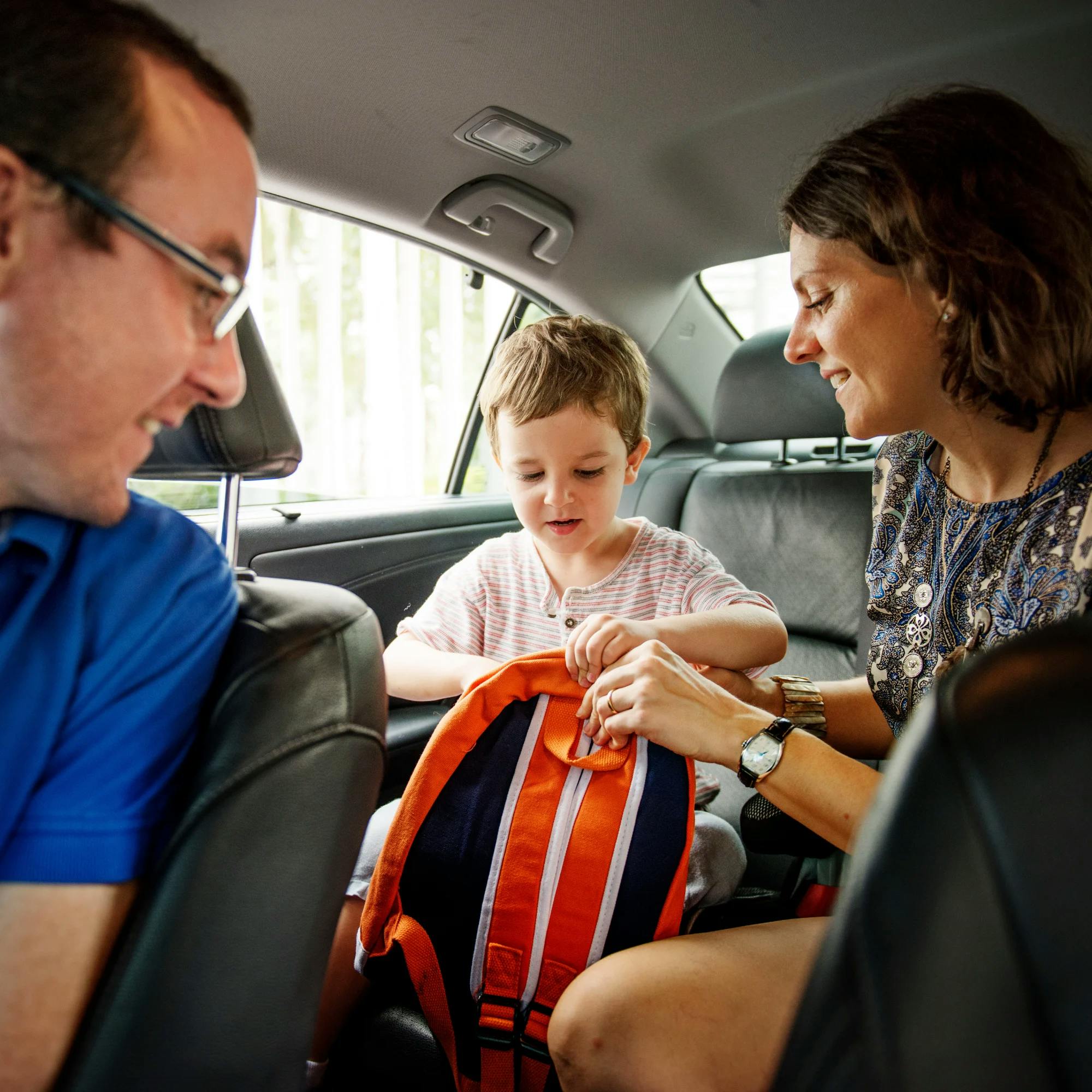If you’re a caregiver, whether for a child or an adult, their safety is likely one of your top concerns. That’s especially true when your loved one is nonverbal, has special needs, or has a complex medical diagnosis.
Children and adults with diagnoses such as autism, Alzheimer's disease, Down syndrome, Angelman syndrome, traumatic brain injury, and Fragile X syndrome often have communication challenges. They can find themselves in dangerous situations–and they may not fully understand that danger. That’s why it’s so important to create a safe environment in which they can thrive. Here we’ll explain 9 things you can do to keep your family safe at home, along with tips for teaching your loved one about safety.
9 ways to keep your loved one safe at home
If you’ve got a baby or toddler, you probably know the basics of how to childproof your home, such as covering electrical outlets, installing childproof locks on cabinet doors, and checking furniture for risk of tipping over. The American Academy of Pediatrics offers a wealth of childproofing tips for parents and caregivers.
Whether you have a child with special needs or a “typically” developing child, safety precautions are vital in those first few years. And if you provide care for an adult, depending on their diagnosis, you may need to “adultproof” the house as well.
Think about all the unsafe behaviors that can occur with glass, sharp utensils and tools, and hot appliances. An individual who is curious can flush items down the toilet, touch burners on a stove, turn on hot water, insert items into electrical sockets, chew on wires, throw all the food out of the refrigerator, or crawl into the dryer, to name a few. It can be scary to think about, but luckily there are many ways to prevent these dangerous behaviors and keep your loved one safe.
1 Use alarms and locks if your loved one might leave the house unsupervised
An alarm can notify family members that their loved one with autism or Alzheimer’s is attempting to leave. Security cameras and apps can help you track who’s coming and going and provide some peace of mind. Remember that in case of an emergency, it’s important to have easy access to any locked room.
2 Provide identification for your loved one
It’s extremely important that your loved one has the right identification in the event they run away or get lost. Many individuals might decide to walk out of the house or get separated from family when they’re in public. Autistic children like to be in motion, so leaving the home to go outside is common.
If your loved one is OK wearing a medical ID bracelet or necklace, you can purchase one online or at a local drugstore. For those who are more sensory sensitive, the next best option is to place iron-on labels on their clothing, or put a tracker in their shoe or other clothing. Some individuals can be taught to show an identification card if they’re not able to verbally communicate who they are.


3 Lock dangerous items away
Keep dangerous items such as detergents, household cleaners, and knives locked away and secure. Pills can be confused for candy, so keep medications out of reach or locked if possible. And have the contact information for Poison Control handy. One tip is to save the phone number in your cellphone’s contacts.
4 Make electrical outlets and appliances safe
Cover all electrical outlets. Lock away your power tools. Try to hide the wiring for your appliances so no one trips, chews, or plays with it.
5 Rearrange the furniture for safety
Look for tripping hazards, like loose rugs or furniture that’s blocking a common pathway. Children can be injured or even killed when they climb on or fall against large pieces of furniture like dressers. Be sure to anchor furniture like bookshelves and TV stands to the wall.


6 Pay attention to fire safety
Lighters and matchboxes must be out of reach or locked away. Put safety covers over gas stoves and oven knobs so the stove can’t be turned on without your supervision. Many local fire departments offer stickers (known as tot finders) for children’s bedroom windows so firefighters can quickly locate children in a fire.
7 If your loved one tends to throw things like utensils, keep them secure
You can do this by attaching the utensils to the chair or leg of the table with string. This way, if the individual throws the utensil, it won’t fall to the floor. Using velcro or suctioned plates, as well as silicone bowls, cups, plates, and utensils, can prevent anything from shattering.
8 Make bathtime a safe time
Keep bath toys in a bin and unavailable until soaping up is finished. This can help your loved one attend to bathing and not flail around distracted in a slippery tub. To prevent issues with your loved one ingesting soap or shampoo, keep them inaccessible. A key tip is to swap out open-lip bottles with pump dispensers so your loved one can’t easily consume the product.
9 Help your loved one use household items the right way
Place labels (using symbols, photos, or words) on functional items, rooms, bins, closets–anything that’s relevant for the person’s daily life. These labels can help them know what’s expected and may decrease any unwanted behaviors. For example, if you have a label for “sleeping” on the person’s bed, they may be less likely to jump on it like a trampoline–a potentially dangerous activity!
How do I teach my loved one about safety?
While it may be difficult to teach a person with a complex medical diagnosis about the dangers of fire, you can teach them behaviors that will help keep them safe.
A social story is a great tool to help your loved one learn about a situation and how best to handle it. A social story is a short, individualized story that breaks down and explains a situation in easy-to-understand steps. Here’s an example focused on safety in general. Social stories can be especially helpful for autistic people.


Using visuals such as photos or pictures can also help your loved one understand what to do. For instance, if you want them to avoid touching the oven burners, put up a sign that features an image of the oven burners with a bright red “no” symbol–like a stop sign–over the photograph.
Children can also learn safe behaviors by watching their family members practice safety, and by receiving lots of praise when they follow directions.
When your loved one is safe at home, they’ll have more opportunities to learn and progress in other aspects of their life. And as their caregiver, you’ll benefit from some peace and space to focus on other things as well!
How Expressable Can Help
Concerned your child isn't reaching age-expected milestones? Looking for communication support from a professional? Expressable is a national online speech therapy practice serving children and adults. We treat all major areas of communication and feeding, offer flexible hours including evenings and weekends, and accept most major health insurance plans. We’re proud to have earned more than 3,000 5-star reviews from our clients (4.9/5 average).
Our therapy model is centered on parent and caregiver involvement. Research proves that empowering caregivers to participate in their loved one’s therapy leads to better outcomes. That’s why we combine live, 1-on-1 speech therapy with personalized education and home practice activities for faster progress.
Communication is more than words. It’s how we share how we feel and show who we are. We’re here to help you or your child do just that.











